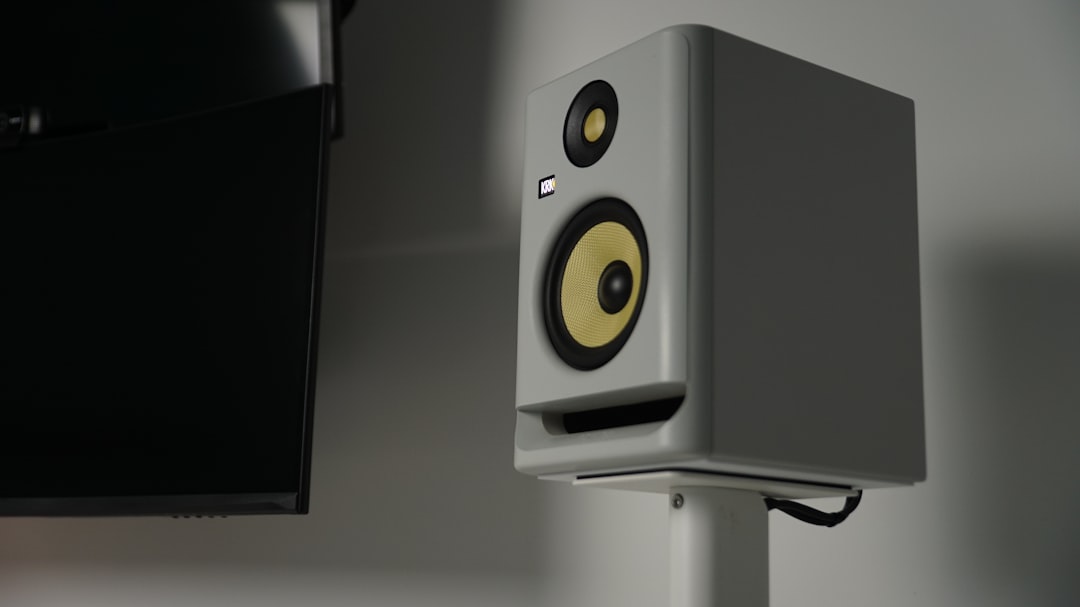User experience (UX) design plays a pivotal role in how pricing structures are understood and interacted with on digital platforms. Done effectively, UX for pricing can significantly boost conversion rates, customer satisfaction, and transparency. In particular, interactive components such as toggles, sliders, and term length selectors influence user perception and engagement with pricing. This article takes a deep dive into these key UX elements and how they shape customer behavior and decision-making.
The Psychology Behind Pricing UX
Pricing is more than numbers—it’s an emotional trigger for users. When customers see pricing on a website or app, they are evaluating more than cost; they are analyzing value, fairness, flexibility, and risk. A well-designed pricing interface accounts for these considerations intuitively, helping users feel comfortable and informed throughout the purchasing process. Interactive elements add an additional layer of engagement and personalization.
The Role of Toggles in Pricing
Toggle switches are commonly used in digital pricing interfaces to let users swap between different payment frequencies, such as monthly vs. annually. This simple switch can dramatically impact a user’s perception of value and commitment.
Key advantages of using toggle switches include:
- Clarity: Clearly presents two distinct options without overwhelming the user.
- Control: Lets users compare payment intervals and their impact on pricing.
- Incentivization: Frequently shows cost savings for yearly plans, nudging users toward longer commitments.
A best practice is to preselect the toggle option that aligns most closely with your business goals while highlighting the value for the customer. For instance, if your goal is to increase the average customer lifecycle, preselecting the “Annual” term—with a small badge that displays “Save 20%”—can influence user decisions positively.

Design tips for effective toggles:
- Use clear labels: Avoid jargon like “Yearly” vs. “Monthly”; instead use “Pay Yearly (Save 20%)” and “Pay Monthly”.
- Provide visual differentiation: Use different colors or icons to signify savings or benefits.
- Ensure immediate feedback: When the toggle is switched, update the pricing and call-to-action text in real time to reflect the change.
Sliders for Customizable Pricing
Sliders allow users to customize their pricing based on variable usage such as number of users, bandwidth, storage, or features. This helps businesses cater to a wider audience and enables customers to tailor their pricing based on their needs.
Benefits of sliders in pricing UX:
- Transparency: Users see exactly how changes in usage affect price.
- Interactivity: The tactile nature of sliders makes pricing feel more dynamic and engaging.
- Empowerment: Users feel in control of their spending, leading to increased trust.
A typical implementation might include a slider to choose the number of team members, with the cost per month dynamically adjusting as the slider is moved. Sometimes, tiered discounts can be shown directly in the interface, adding to a sense of getting a better deal with increased usage.
Considerations for using sliders:
- Set logical limits: Include sensible minimum and maximum values that reflect real-world use cases.
- Snap to increments: Avoid fractional values by snapping to the nearest whole number for cleaner UX.
- Use real-time price updates: Make sure the pricing adjusts dynamically and clearly with each slider movement.
Term Length: Commitment vs. Flexibility
Another essential component in pricing UX is selecting the term length for services or subscriptions. This design element directly addresses the user’s risk tolerance and willingness to commit. Common term lengths include monthly, quarterly, annually, or even multi-year options.
Strategies to guide users toward longer term lengths:
- Highlight savings: Clearly show how much users save over time with a longer commitment.
- Offer perks: Introducing incentives like “1 free month” or “priority support” for annual subscribers can sweeten the deal.
- Use tiered pricing cards: Structure your cards in columns comparing term lengths, with badges and visual cues to draw attention to the most cost-effective option.
The key is to balance flexibility with encouragement. All term lengths should be immediately visible without requiring multiple clicks. Having a clear comparison layout with immediate visual feedback when selecting a term increases usability and clarity.
Using Visual Hierarchy for Better Information Flow
Regardless of which interactive elements you choose—toggles, sliders, or term selectors—it is critical to maintain a strong visual hierarchy. Users should be able to quickly identify which option offers the best value.
Examples of good visual hierarchy include:
- Highlighting recommended plans with a “Best Value” tag
- Using bold or enlarged text to emphasize discounts or savings
- Structuring layouts left-to-right with increasing value tiers
Additionally, color and spacing can be used subtly to guide user attention. Avoid making the interface too busy or forcing users to hunt for information. The point of interactivity is to reduce friction, not to add complexity.
Testing and Iteration
As with all UX components, it is vital to A/B test different approaches. For pricing interaction elements, consider running controlled experiments on:
- The default toggle setting (monthly vs. yearly)
- Slider increments and starting positions
- Highlight colors and CTAs for different term lengths
User data derived from these tests can help you determine which configuration yields the highest conversion rate and customer satisfaction. Monitor not just click-through rates but retention, refunds, and feature usage across different pricing choices.

Accessibility Matters
Lastly, do not overlook the importance of accessibility. Interactive pricing elements must be usable with keyboards and screen readers. Ensure all sliders have associated aria-labels, and toggles are easily navigable with basic tools.
Failing to include accessibility features not only limits your audience but can also put your business at legal risk in many regions. Great UX should be inclusive by default.
Conclusion
Pricing pages can make or break a user’s decision to engage with your product. Toggles, sliders, and term length selectors are not merely technical niceties; they are powerful psychological tools that, if used properly, can drastically increase user clarity and satisfaction. The key is to reduce complexity while offering meaningful choice—and to always present information in a way that builds trust. Prioritize ease of use, transparency, and value, and you’re more likely to convert casual browsers into loyal customers.
